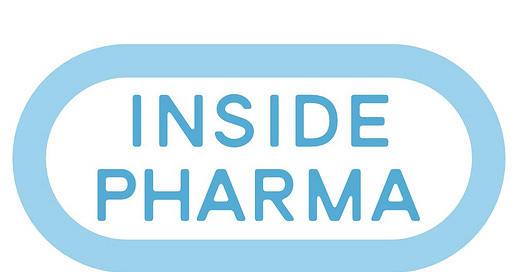Hedley Rees' Expert Statement on SARS-CoV-2 injections, Written December 17, 2021: PART 1
If you are a lawyer, or know one, this is all you need
EXPERT REPORT, Prepared By: Hedley Rees Managing Consultant, at PharmaFlow Limited.
This is the first part of an expert report I wrote 17th December 2021:
SUMMARY
Injections to reduce the symptoms of Sars-Cov-2 have been developed by AstraZeneca, Johnson & Johnson, Pfizer and Moderna. AstraZeneca and Johnson & Johnson are Adenovirus vector injections and Pfizer and Moderna are mRNA injections. The development and manufacture of the Sars-Cov-2 injections has been carried out by various Contract Development & Manufacturing Organisations (CDMOs) Each Product has been given approval in Great Britain by the Medicines and Healthcare Products Regulatory Agency (MHRA) under a Conditional Marketing Authorisation (CMA).
The companies named above will have done the laboratory experiments only. What enters the patient’s body is the fully developed and produced Product. The companies named above simply submit the application for a Conditional Marketing Authorisation and then market the product and co…



